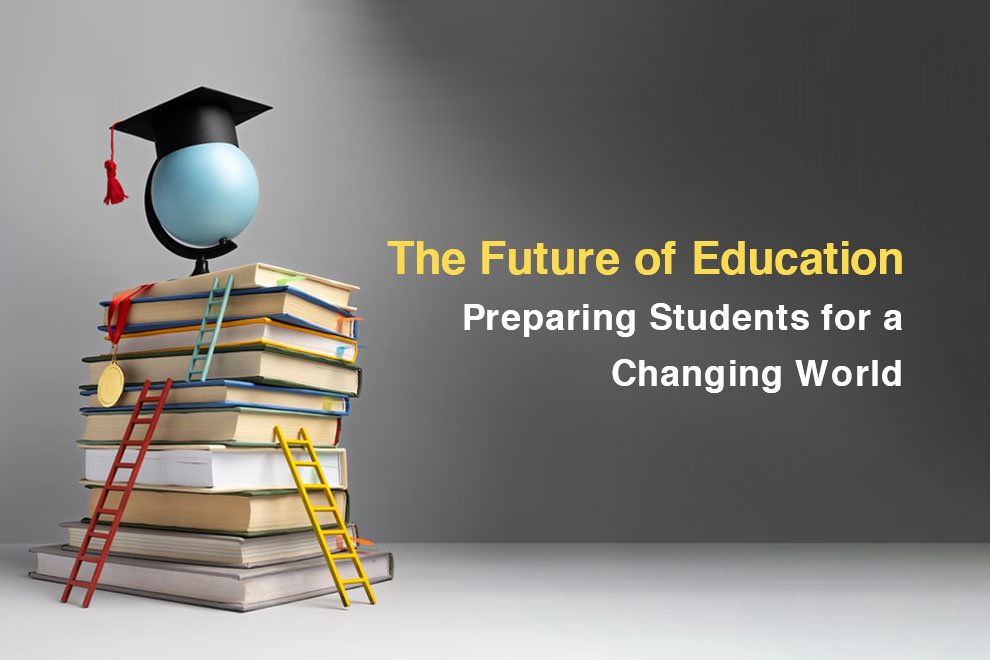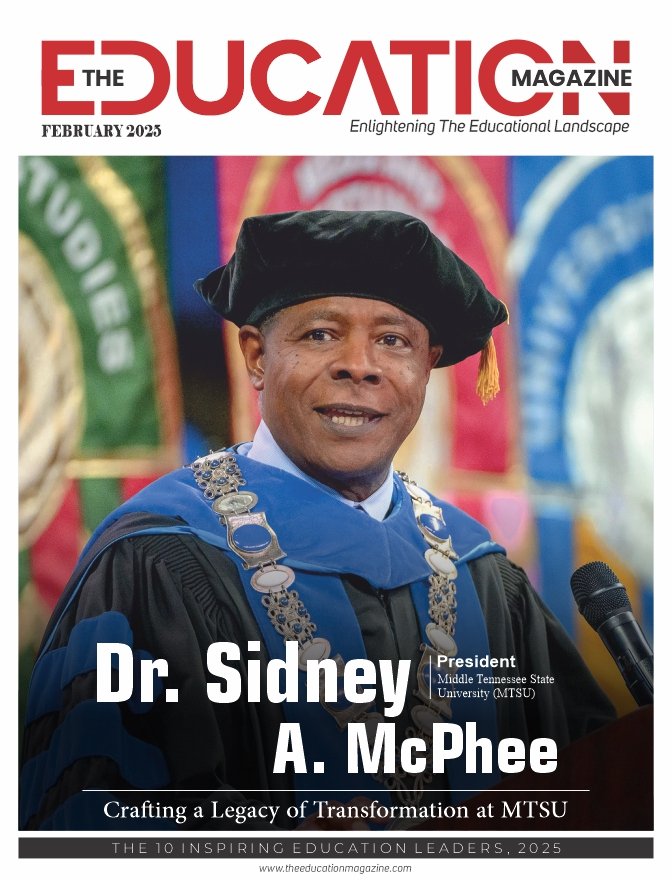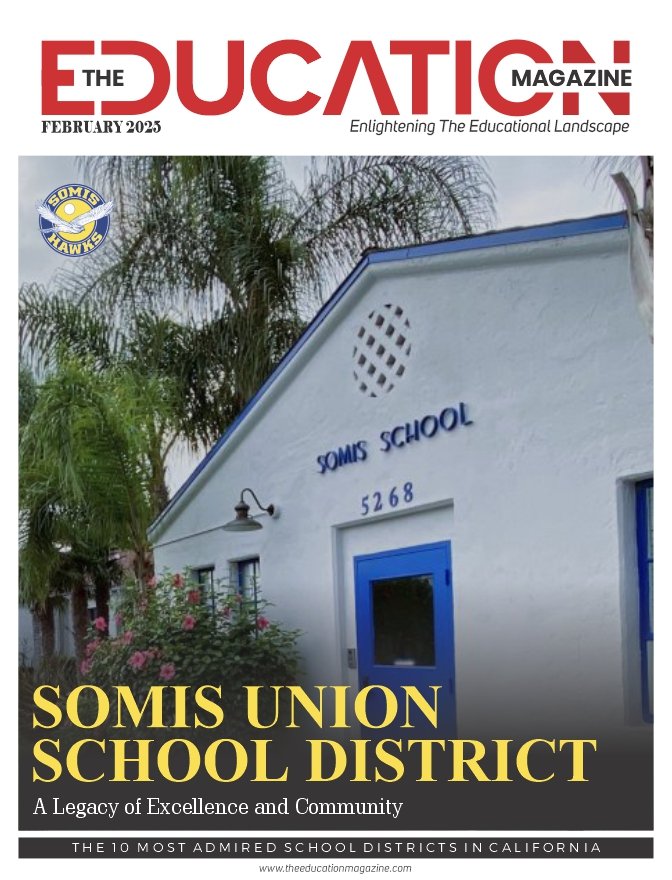Education today looks vastly different than it did even a decade ago. With the rapid pace of technological advancement, the skills and knowledge required for success in the modern world are evolving at an unprecedented rate. As we look to the future, it is clear that the education system must also transform in order to adequately prepare the next generation of learners.
One of the key changes we are seeing in classrooms today is a greater emphasis on STEM (science, technology, engineering, and math) subjects. Children are being exposed to technological concepts at younger and younger ages, giving them a head start in developing crucial skills for the future. One area that is becoming increasingly important is coding and computer programming.
Coding is no longer just a specialized skill for computer scientists – it is a fundamental literacy that is applicable across a wide range of industries and disciplines. By learning to code, students are developing problem-solving, critical thinking, and logical reasoning abilities that will serve them well no matter what career path they choose. Many schools are now incorporating coding into their curricula, giving students the opportunity to explore this dynamic field from an early age.
Another emerging trend in education is the integration of 3D printing technology. Companies like Formlabs, Markforged and Stratasys are making 3D printers more accessible and user-friendly for educational settings. Students are using these tools to bring their designs and ideas to life, fostering creativity, innovation, and hands-on learning.
The implications of 3D printing for the future economy are significant. As this technology becomes more widespread, it has the potential to disrupt traditional manufacturing models and create new opportunities for localized, on-demand production. Students who gain experience with 3D printing will be better equipped to navigate this changing landscape, whether they pursue careers in engineering, product design, entrepreneurship, or any number of other fields.
Furthermore, the integration of 3D printing into the classroom can have a positive impact on student engagement and learning outcomes. By providing students with the ability to turn their digital designs into physical objects, 3D printing can make abstract concepts more tangible and relatable. This hands-on approach can help to spark curiosity, encourage experimentation, and cultivate a deeper understanding of the design and manufacturing process.
As the education system evolves to meet the demands of the 21st century, it is clear that technological innovation will play a critical role. By embracing tools like coding and 3D printing, schools can empower students to develop the skills and mindset needed to thrive in a rapidly changing world. Through this approach, we can better prepare the next generation of leaders, thinkers, and problem-solvers to tackle the challenges of the future.













